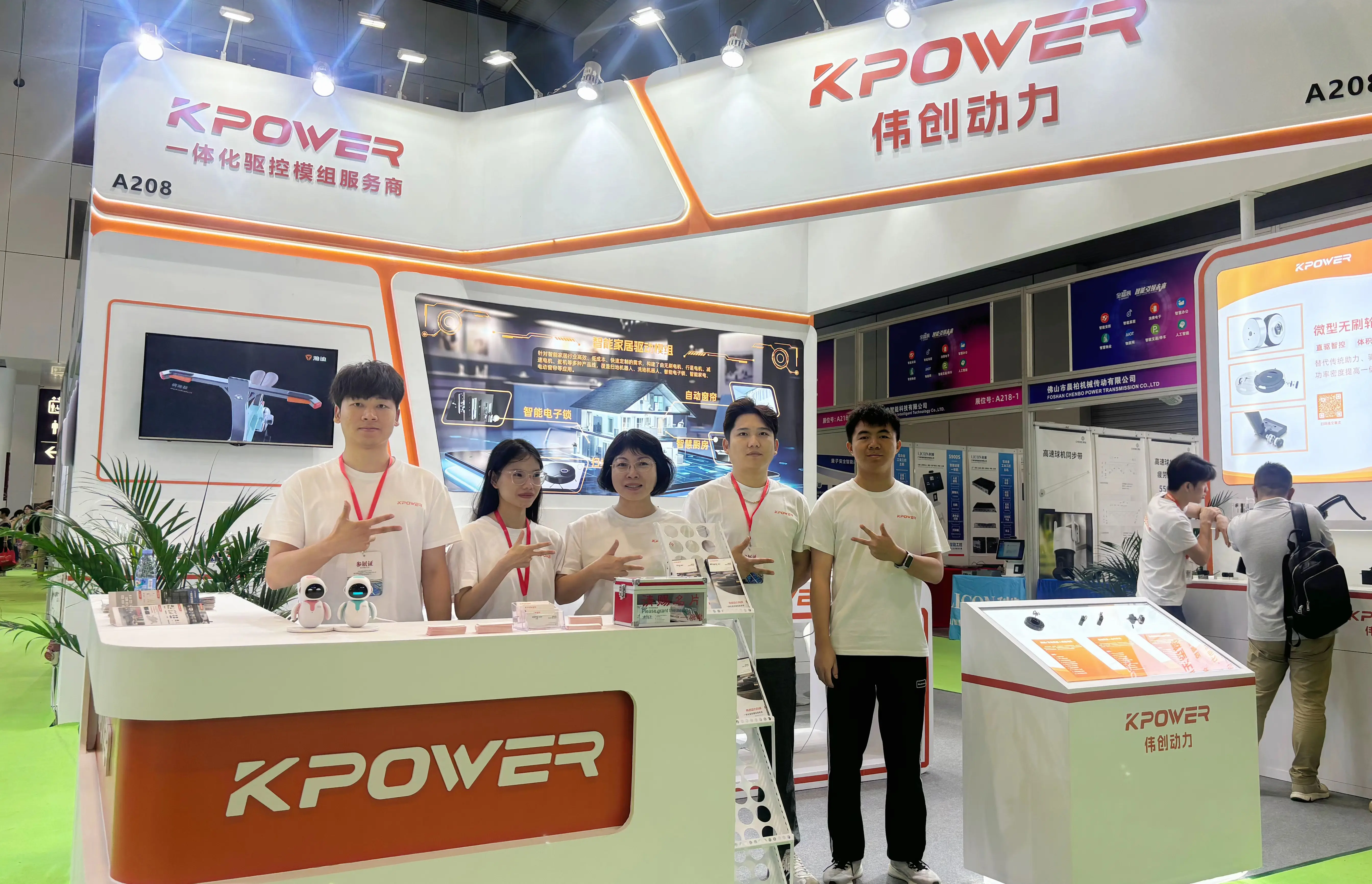Imagine you’re tinkering in your garage, wires sprawled out, all the excitement of giving life to tiny machines. There’s this moment of pure satisfaction when that micro servo in your hand finally sings—sends that smooth, tiny movement exactly where you want it. But here’s the thing—getting it to work smoothly with your Arduino? That’s a bit of a puzzle if you’re new to it. Let’s walk through it like a casual chat, no fuss, just a simple way to make your servo dance to your tune.

First off, connecting the micro servo isn’t rocket science. Usually, it’s just three wires—power (red), ground (black or brown), and signal (pink or white). Plug the power to 5V, the ground to GND, and the signal to a PWM pin on your Arduino. Sounds straightforward, right? But then there's the question of controlling that movement, how to make it turn just right. Which pin to choose? How to send signals that aren’t just pixel-perfect but also stable and quick?
Here’s where a little bit of programming kicks in. Using a library like Servo.h makes lives easier. Just include it at the top, create a servo object, attach it to your PWM pin—it’s pretty much like telling Arduino, “Hey, I want you to control this small motor.” Then, set angles—like servo.write(90)—and watch your micro servo rotate exactly where you tell it.
But hold on, what about power? Sometimes, powering that little guy directly from the Arduino works, but if you’re adding multiple servos or heavier loads, that could cause glitchy movements or resets. It’s wise to get a dedicated power supply. Think of it like giving your motor its own energy drink rather than sharing your laptop’s juice whenever you run a big project.
Now, let’s touch on common hiccups. Ever tried to move that servo and it just jittered or refused to turn? Double-check your wiring—bad connections are sneaky. Make sure your power supply can deliver enough current, especially if you’re running more than one servo. It’s also good to add a capacitor across the power supply—something like 100uF—to smooth out spikes. That’s science meeting common sense right there.
One thing that pops up often is the queuing of commands. It’s tempting to just slam servo.write() commands one after another. But sometimes, pausing briefly in between rotations makes movements more natural. Small delays, a few milliseconds, can make a world of difference.
Ever wondered if you can control servo speed? Absolutely. If you tune your software to gradually move servo angles rather than jumping instantly, it feels more like a human motion—smooth and elegant. That’s especially useful if you’re building a robotic arm or a face with different expressions.
At the end of the day, it’s all about experimenting—layering your understanding with the right components and codes. Each tweak teaches you something new, turning your DIY project into a little masterpiece. The joy? That feeling of hitting all the right notes when that servo finally moves exactly how you imagined. No fuss, just pure ingenuity. Dive into the project, keep troubleshooting, and witness your idea come alive—simple, effective, and very satisfying.
Established in 2005, Kpower has been dedicated to a professional compact motion unit manufacturer, headquartered in Dongguan, Guangdong Province, China. Leveraging innovations in modular drive technology, Kpower integrates high-performance motors, precision reducers, and multi-protocol control systems to provide efficient and customized smart drive system solutions. Kpower has delivered professional drive system solutions to over 500 enterprise clients globally with products covering various fields such as Smart Home Systems, Automatic Electronics, Robotics, Precision Agriculture, Drones, and Industrial Automation.




































